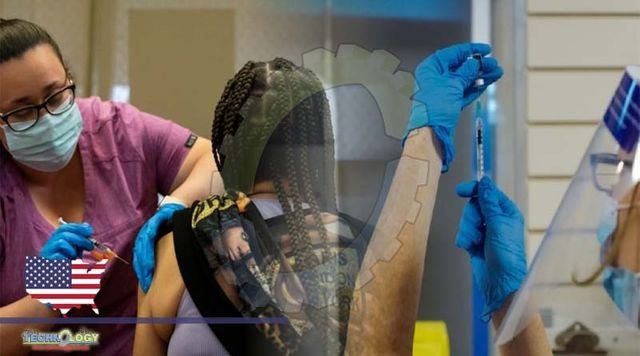A panel of independent experts advising the Food and Drug Administration (F.D.A) is set to recommend on Tuesday whether to update existing Covid-19 vaccines to target a newer version of the coronavirus in a booster shot that Americans could get in the fall.

The federal government is hoping to improve the vaccine to better boost people’s immunity before a likely resurgence of the virus this winter. But to move that quickly, it may need to abandon the lengthy human trials that have been used to test coronavirus vaccines over the past two years in favor of a faster process that relies more on laboratory tests and animal trials. The most recent trials with human volunteers have taken five months, even using relatively small groups. But the virus is evolving so quickly that new vaccine formulations are out of date before such trials are even finished.
Pfizer and Moderna, the two major vaccine manufacturers, have both been studying an updated vaccines that targets the Omicron variant, which became dominant last winter. Both companies took a financial risk and started manufacturing doses, betting that the government would pick it to be the fall booster. But Omicron itself was overtaken by a succession of subvariants starting nearly three months ago, and many scientists argue that it is a bygone threat. “Omicron is clearly in the rearview mirror,” said Dr. Peter J. Hotez, a vaccine expert with Baylor College of Medicine. A booster that targets Omicron makes no sense, he said, unless it also works against the latest subvariants, adding, “I haven’t seen evidence of that.”
At a meeting on Tuesday, the F.D.A. will ask the advisory panel whether a retooled vaccines should aim at a version of the virus in the Omicron family. That would leave it to federal regulators to decide exactly which formulation to use in the fall Scientists initially had high hopes for a so-called bivalent vaccine sthat would combine the existing formulation with one that targeted Omicron itself. Clinical trial results released this month by Moderna and Pfizer, with its partner BioNTech, found that it induced higher levels of antibodies against Omicron than existing vaccines do.
But while the companies heralded the findings, outside scientists were not impressed by the less-than-twofold increase. Dr. Dan H. Barouch, a virologist at Beth Israel Deaconess Medical Center in Boston who collaborated with Johnson & Johnson and Pfizer on some coronavirus vaccine studies, described it as “relatively modest.” And the F.D.A in a new briefing document for the advisory committee, said that a bivalent targeting Omicron is “already somewhat outdated.” Federal health officials may instead push for a bivalent F.D.A Vaccines that would target BA.4 and BA.5, two subvariants of Omicron. They now account for more than one-third of the infections in the United States, and might be more akin to whatever incarnation of the virus is circulating in the fall. But a bivalent that targets those subvariants would also be problematic. Neither Pfizer nor Moderna has concentrated on developing one, and no one knows for sure how well it would work. At this late point in the year, using human trials to test such a vaccine, followed by the two months that would be required to manufacture doses, could push the release of any new vaccine well into the next wave of the virus.
Source: This news is originally published by nytimes